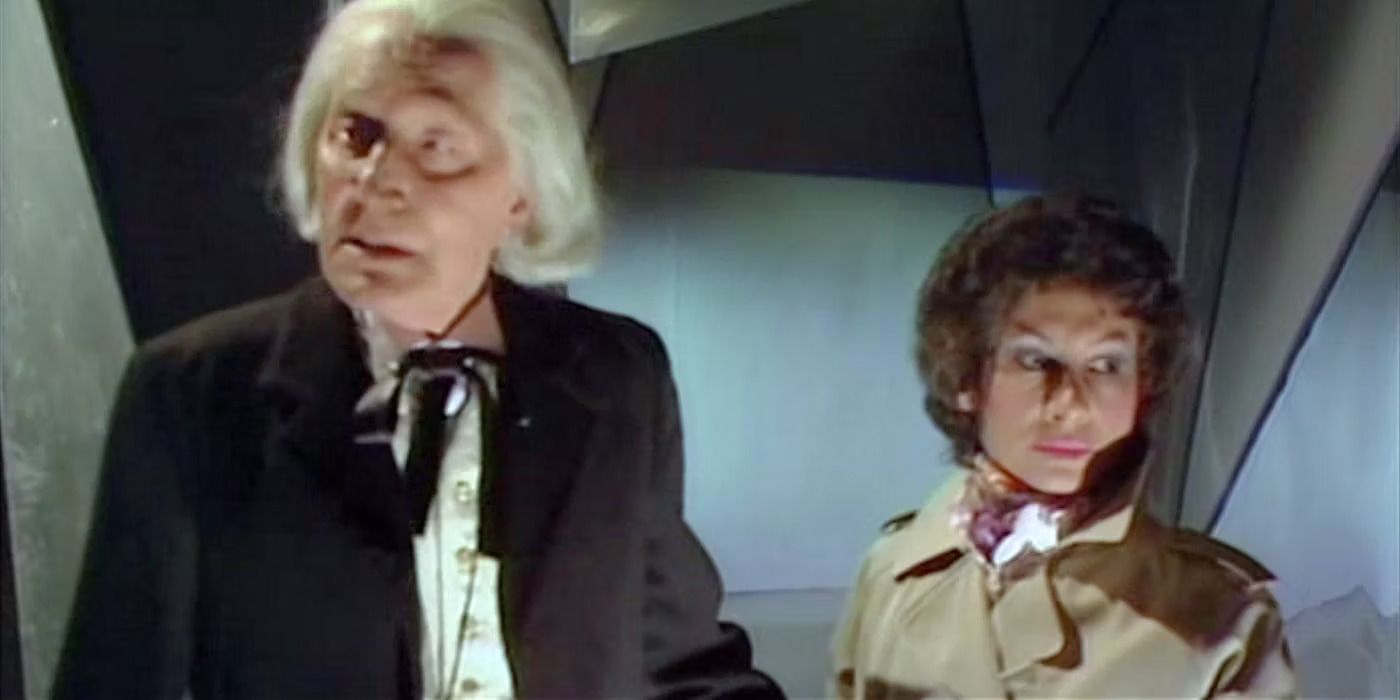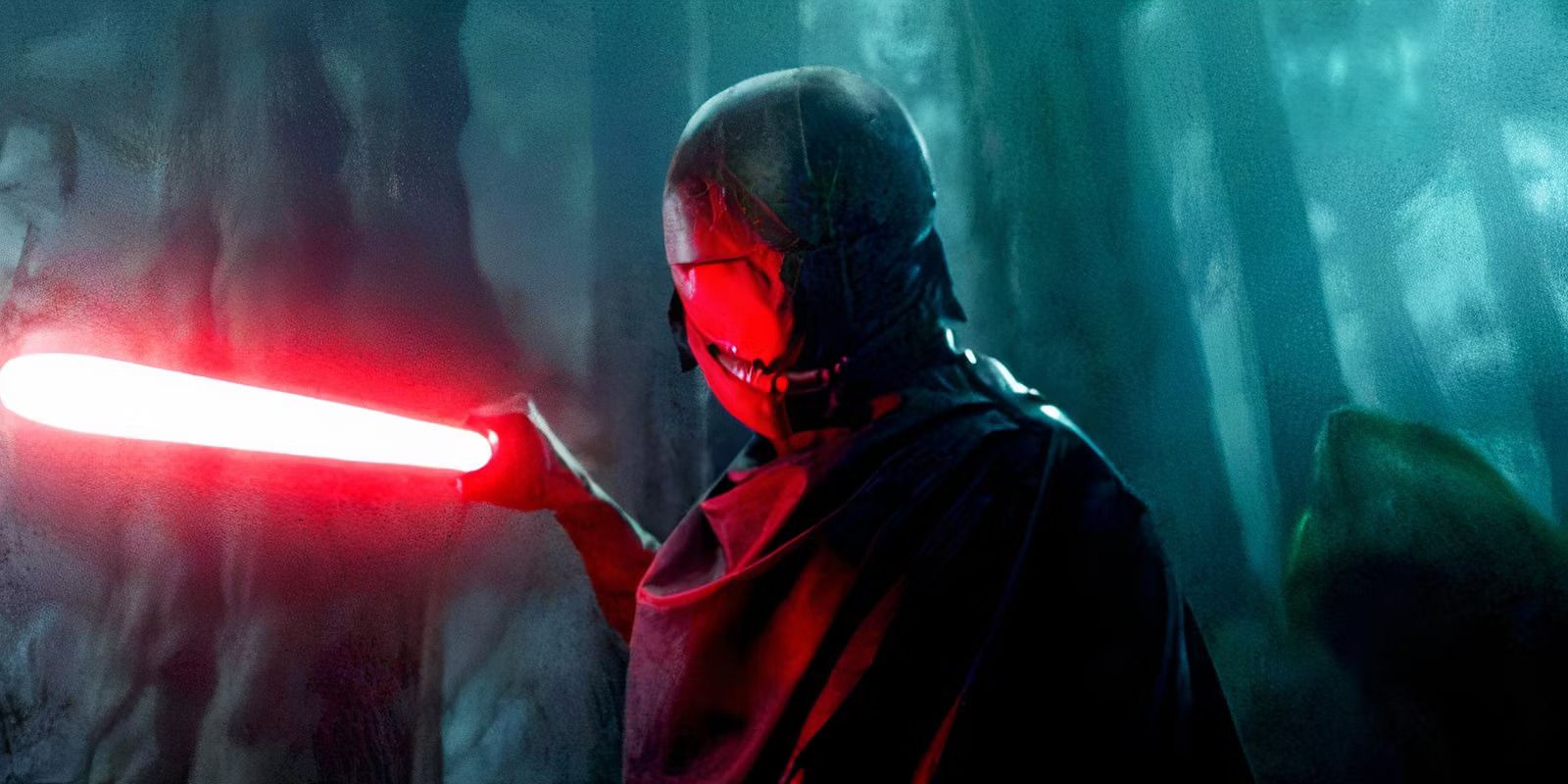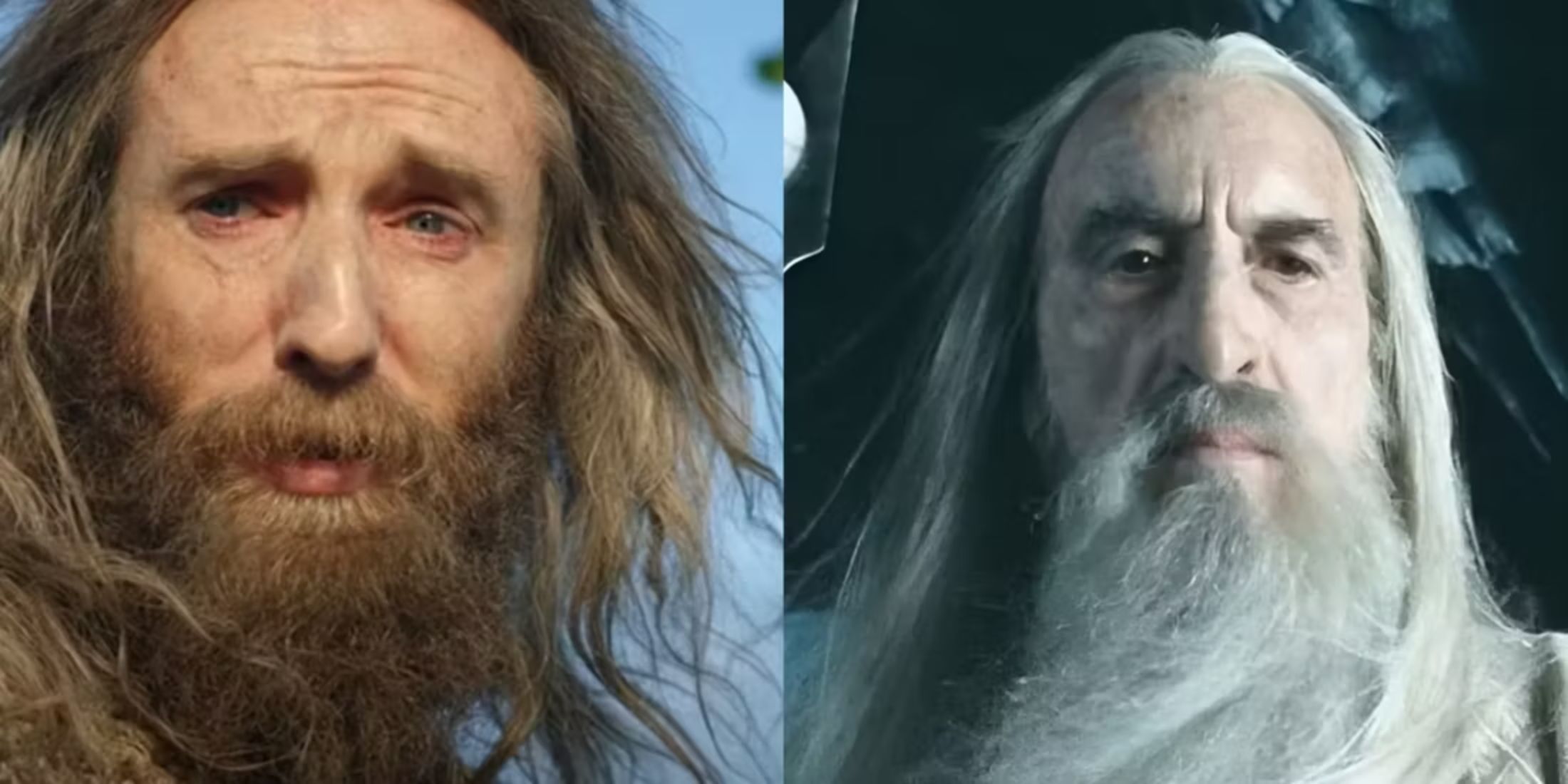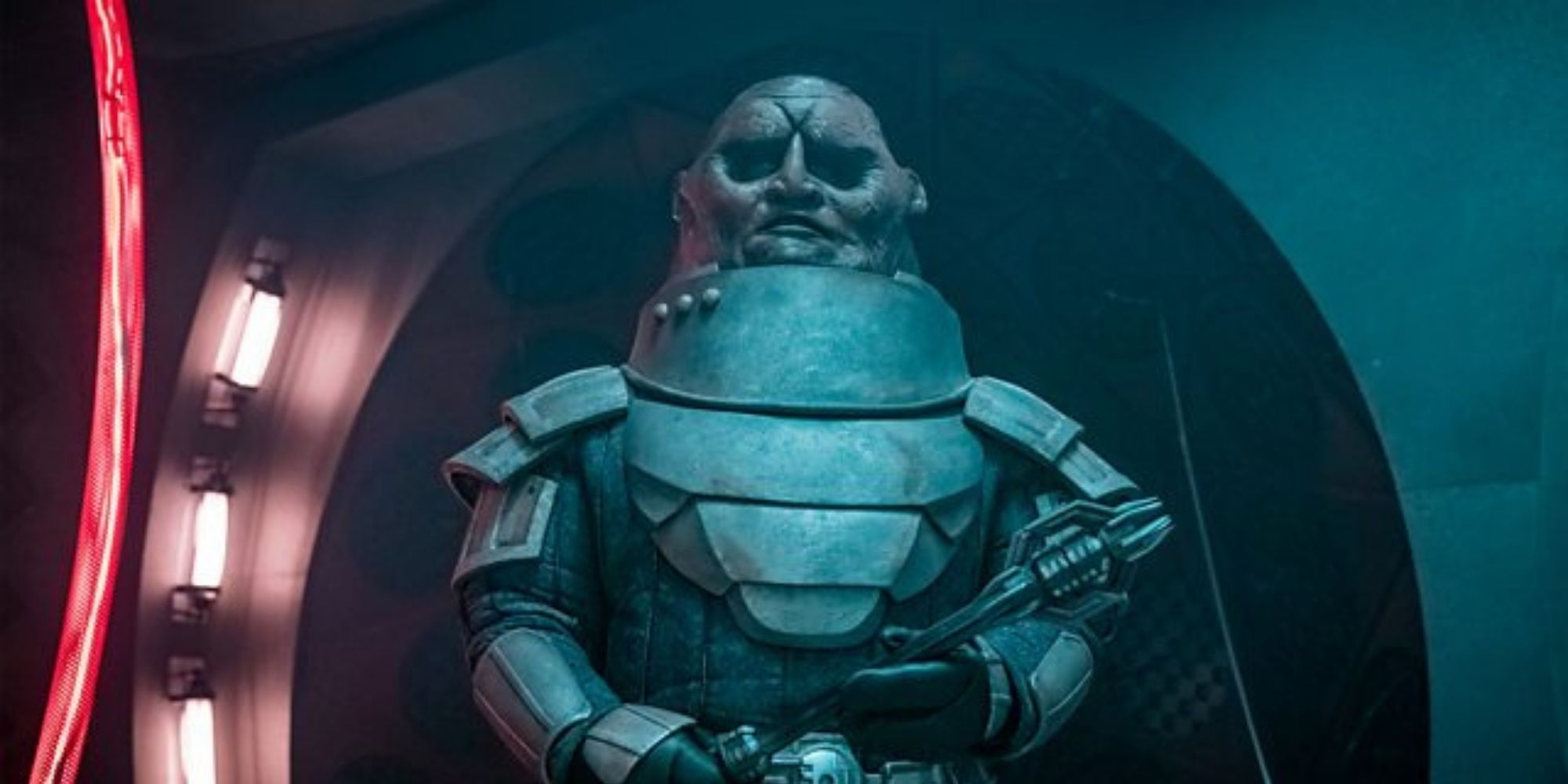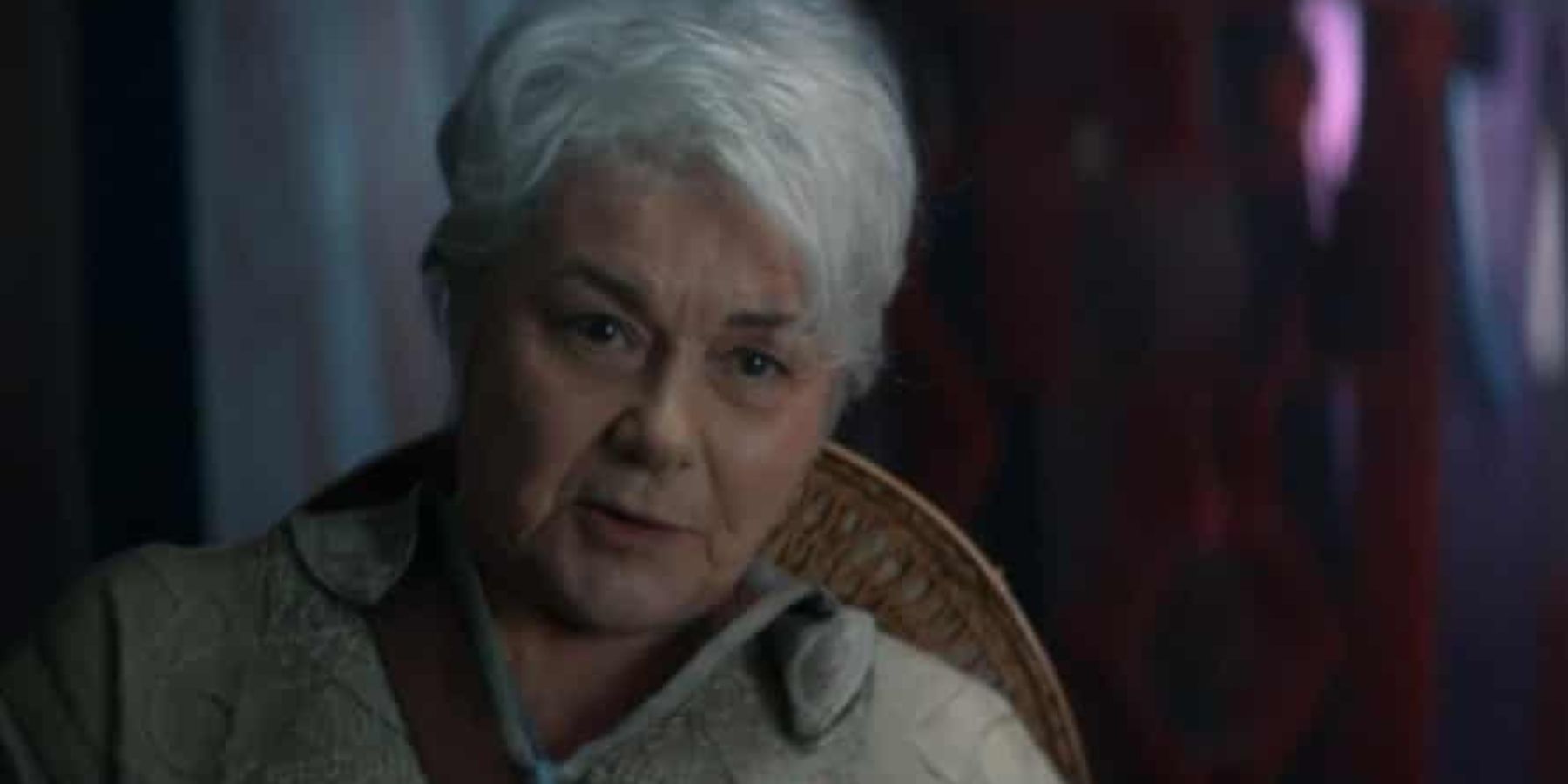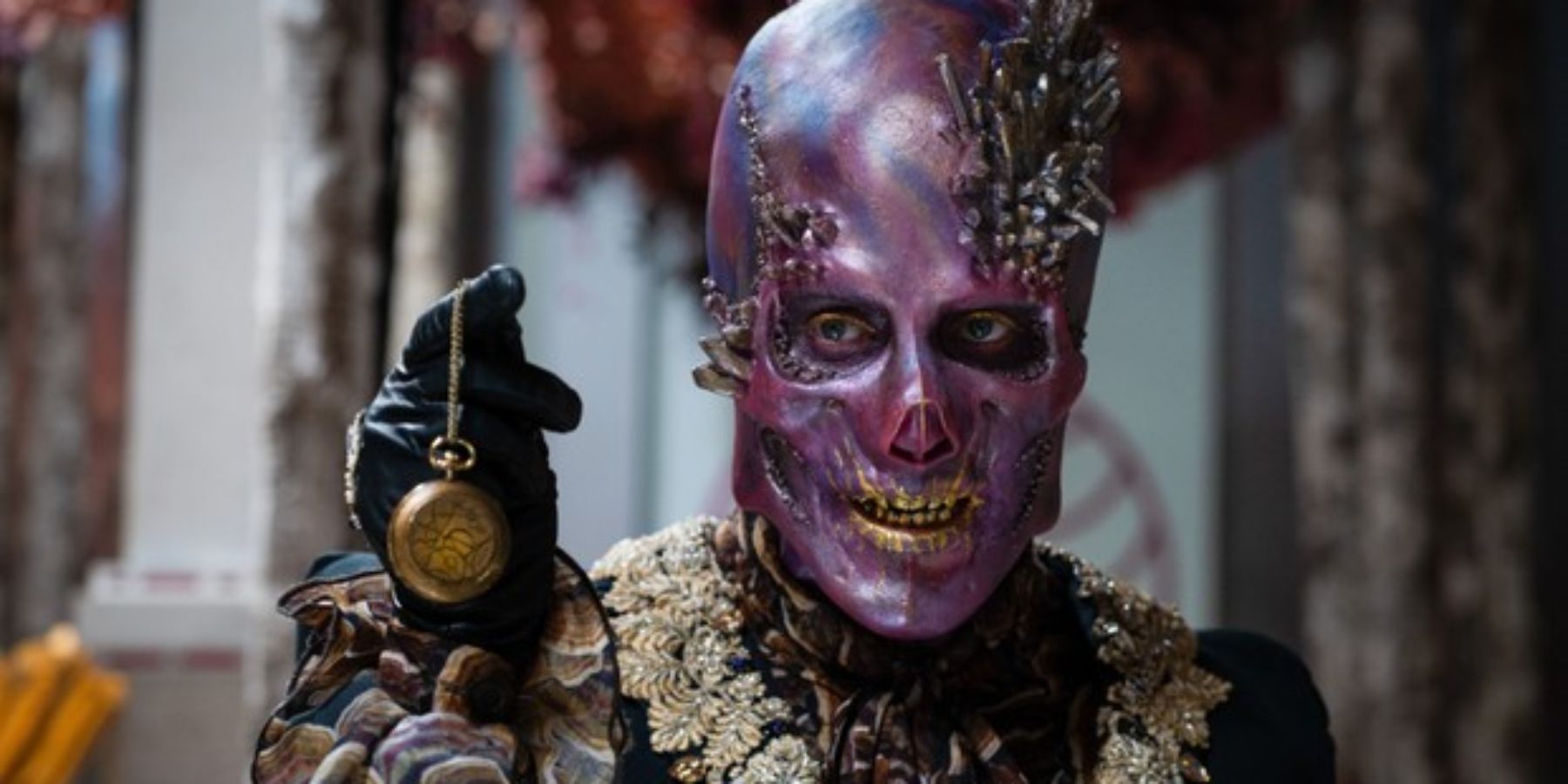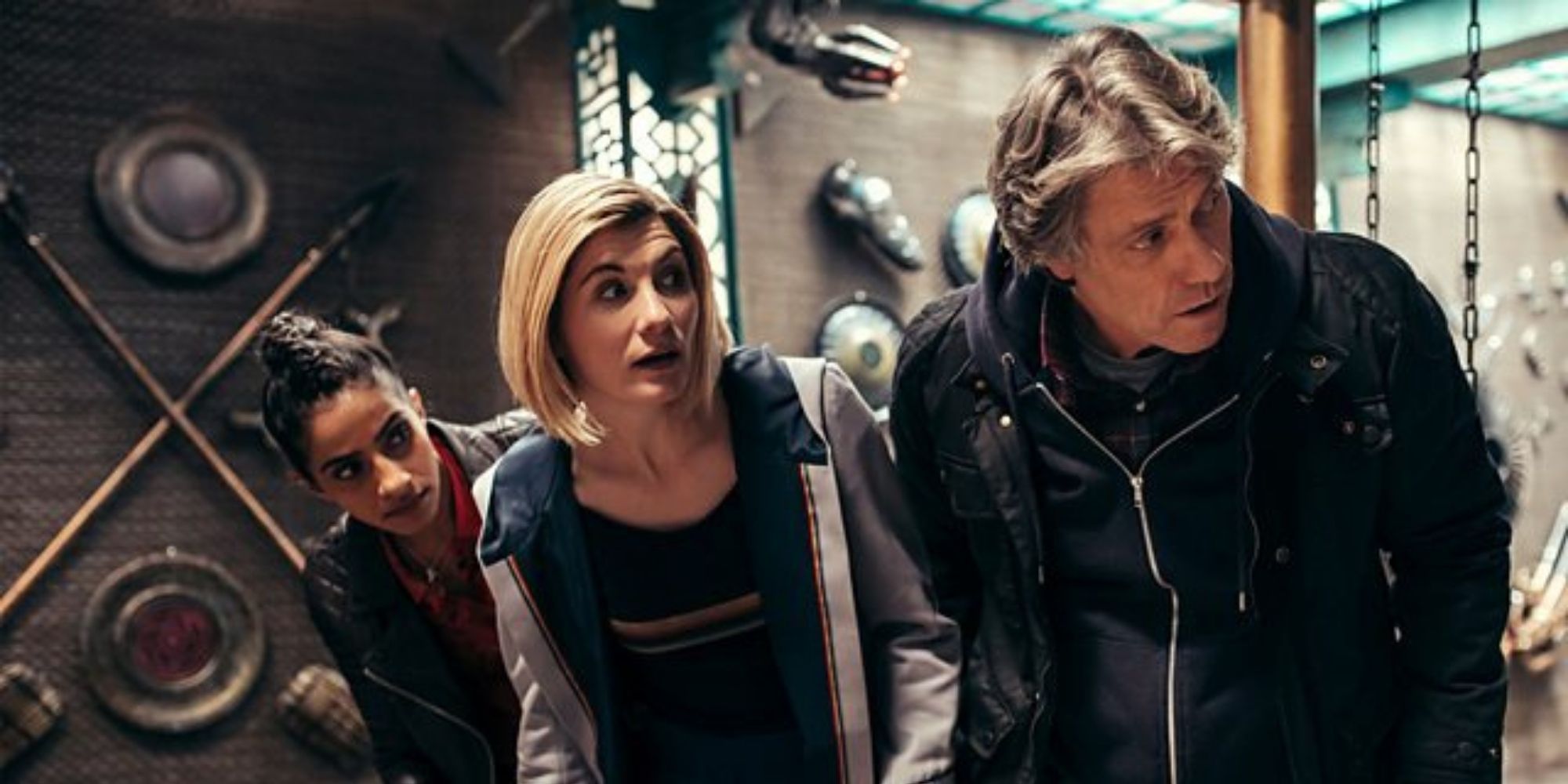Doctor Who: Flux was well-received, bucking the trend of Jodie Whittaker's series' having less-than-stellar reception. While some episodes may have taken liberties with explaining plot points, and nothing is ever perfect, there is certainly a lot to love about this serialized series. Across six episodes, Flux tells a single universe-wise story with multiple self-contained stories embedded within.
The last time Doctor Who employed this type of storytelling was with The Trial of a Time Lord back in 1986. For many fans, this series was seen as a return to form, while for others it was a breath of fresh air.
6 Serialization: Intricate Storytelling
Flux took the approach of having six episodes that tell a massive story, adding and taking away plot points at breakneck speed while even finding time to ensure most episodes had a self-contained story as a B-plot. The result is that this series had more intricate storytelling than past series, which emulates the turn of the tide in the entertainment industry as a whole. Flux has an intricate story and even some of Doctor Who's weirdest modern episodes.
Fans may disagree on whether the approach Flux took always worked perfectly, but with Chris Chibnall (the writer) having experience in this type of storytelling with shows like Broadchurch, it was a safe pair of hands for Doctor Who to return to this type of structure.
5 The Sontarans: A Return To Form
The Sontarans were used a surprising amount in Flux, probably due to COVID causing difficulties and needing to reuse different elements for easier and safer production. They were featured as the main villains for "War of the Sontarans", and arguably for "The Vanquishers" as well.
The Sontarans were used as comic relief ever since Steven Moffat took over in 2010; with Strax (Dan Starkey) being a recurring friend of the Eleventh Doctor (Matt Smith) who is convinced to abandon his loyalty to the Sontaran cause and instead become a part of the Paternoster Gang. Flux'sSontarans stories return them to prior form, executing their own soldiers at their request due to being captured. They're resourceful, strike Earth at the perfect time (a callback to the time they did this to Gallifrey in The Invasion of Time), and unflinching in the face of cruelty.
4 Expansion On The Division Arc
The Division was mentioned throughout Series 12, with it being apparent that they were an organization from the shadows that were after an older, undiscovered version of the Doctor (Jo Martin). While a lot of fans disagree over the Timeless Child arc, the Division arc has received a much higher amount of praise. Tecteun's appearance was well-received, making her a Doctor Who one-off character that fans would love to see again.
The Division is one of the most interesting elements of Doctor Who right now, and expanding on it during Series 13 was the right decision. Despite all of the backlash, sticking to his guns and telling the story he wants to tell was exactly the correct play. Flux succeeded in expanding on this while leaving the door very much open for future stories surrounding them.
3 The Ravagers: Chilling New Villains
Swarm (Sam Spruell) and Azure (Rachenda Sandall) are the types of fantastic, pantomime villains that Doctor Who does so well. In the modern series, the original villains can be often fairly lackluster, but the Ravagers have been praised throughout the entirety of Flux's run. They are some of the scariest modern series monsters that Doctor Who has offered.
While the Ravagers were dealt with in a very anti-climatic way, and there wasn't really enough exploration done on them, the acting and makeup were fantastic. They are scarily overpowered and a real threat, managing to kill Tecteun (Barbara Flynn) and very almost succeed in using the Flux event to destroy the entire universe.
2 The Visuals
One of the things most fans loved about Doctor Who Series 11 and Series 12 was how good the visuals were. Aesthetically, the show made a big jump during the takeover from Steven Moffat to Chris Chibnall, and it's good to see that this continued into Flux despite the fact it was produced during COVID and all of the difficulties that spawned.
The visuals are perhaps not quite as good as the past two seasons, which is to be expected with fewer exterior shots available, but there are still plenty of great visually-appealing scenes in Doctor Who's Series 13.
1 Main Cast Characterization
With the previous two seasons having quite a bloated TARDIS team (3 companions), there has been a general lack of character development for Yaz (Mandip Gill). The characterization of the Doctor was also similarly lacking, especially during the first season.
Doctor Who: Flux succeeds in ensuring that the Doctor and Yaz get some character development (both individually and in relation to each other) and much stronger characterization. Adding to that, Dan Lewis (John Bishop) is introduced seamlessly and given strong characterization, even if they're not the best Doctor Who companions just yet. It's a good sign that the three specials next year will yield more character growth for the lead trio.

